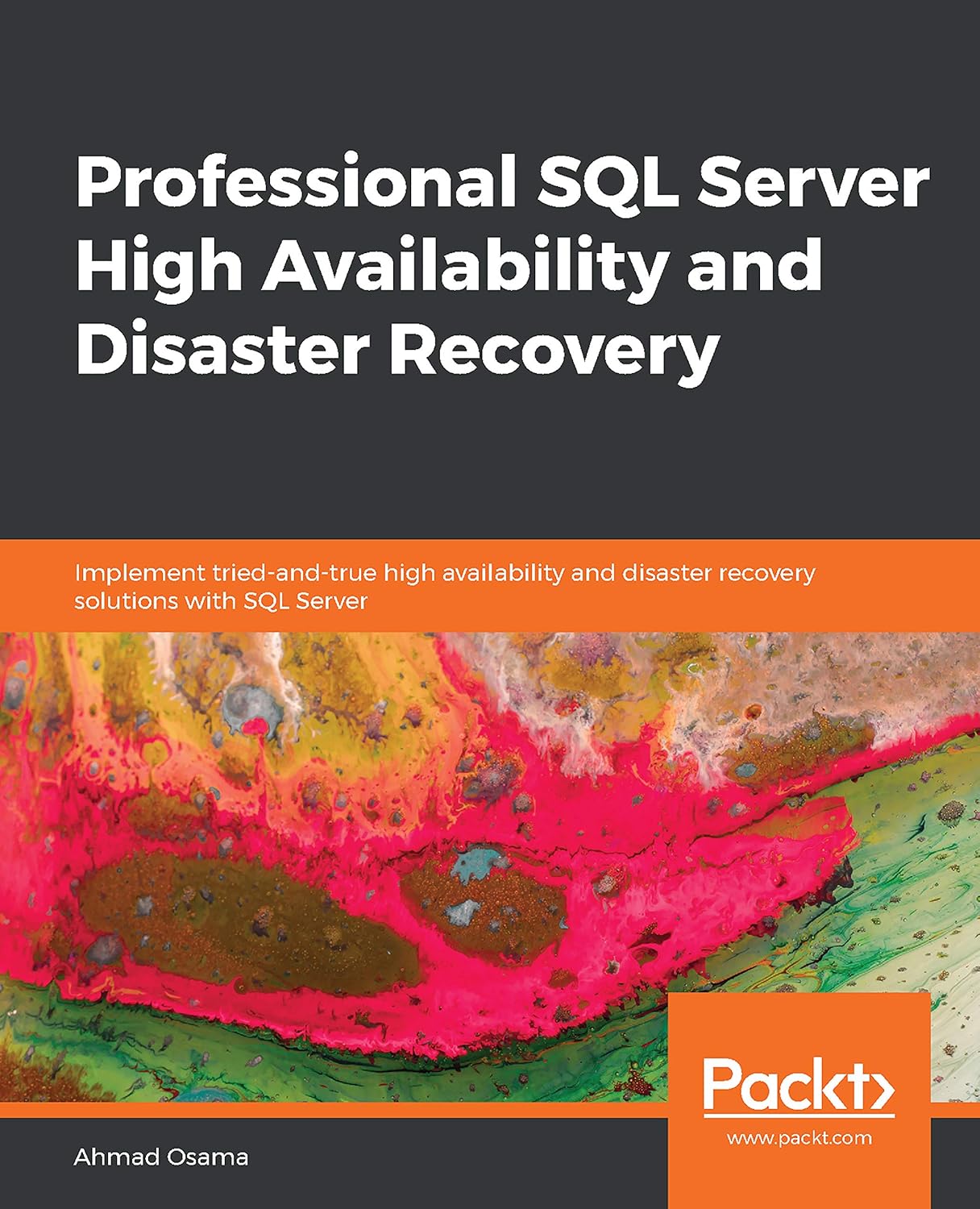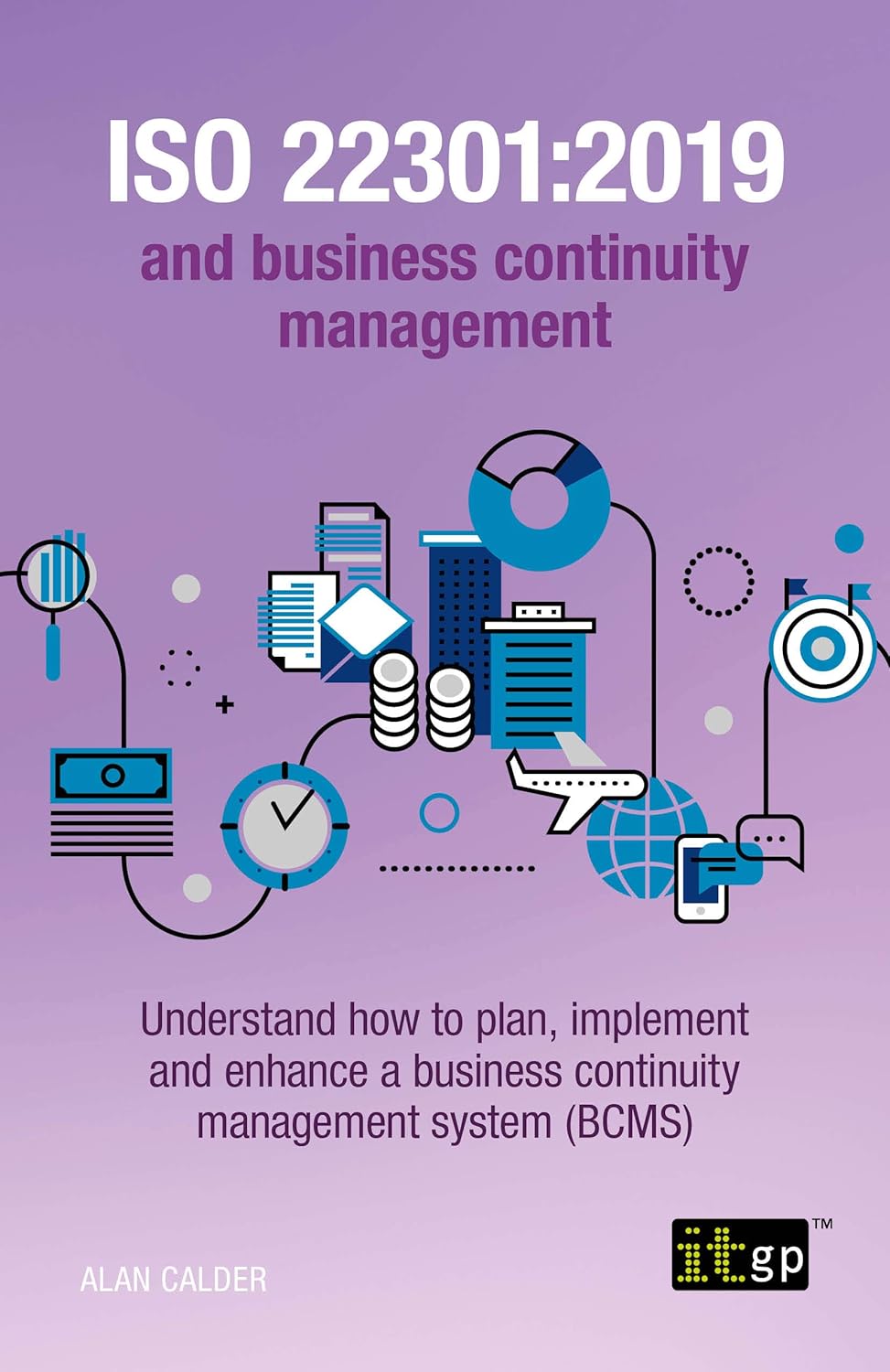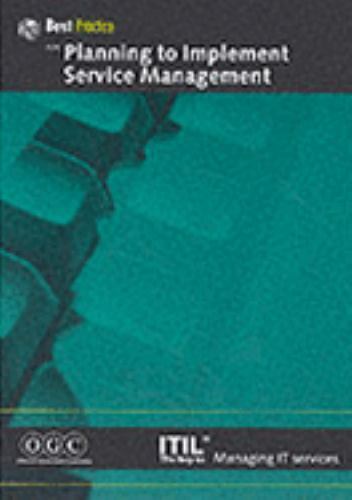Disasters can strike at any moment, and it is essential for businesses to have effective disaster recovery strategies in place to ensure minimal disruption and quick recovery. Whether it’s a natural disaster like a hurricane or a man-made disaster such as a cyberattack, being prepared can make all the difference in the world.
Here are some key steps to implement effective disaster recovery strategies for your business:
1. Conduct a Risk Assessment: The first step in implementing an effective disaster recovery plan is to conduct a thorough risk assessment. Identify potential threats and vulnerabilities that could impact your business, such as natural disasters, cyberattacks, or equipment failure. Assess the potential impact of these threats on your operations and prioritize them based on their likelihood and severity.
2. Develop a Disaster Recovery Plan: Once you have identified the risks, it’s time to develop a comprehensive disaster recovery plan. This plan should outline the steps to be taken in the event of a disaster, including who is responsible for what tasks, how data will be backed up and restored, and how communication will be maintained with employees, customers, and stakeholders.
3. Backup Data Regularly: One of the most critical aspects of disaster recovery is backing up data regularly. Make sure to store backup copies of important data and information in secure, off-site locations to prevent loss in the event of a disaster. Consider using cloud-based backup solutions for added security and accessibility.
4. Test Your Plan: It’s not enough to simply have a disaster recovery plan in place – you must also test it regularly to ensure its effectiveness. Conduct periodic drills and simulations to identify any gaps or weaknesses in your plan and make necessary adjustments. Testing will help you identify potential issues before a disaster strikes and ensure a smooth recovery process.
5. Train Employees: Your employees are a crucial part of your disaster recovery plan, so it’s essential to train them on their roles and responsibilities in the event of a disaster. Make sure they understand the plan, know how to access necessary resources, and can communicate effectively during a crisis. Regular training sessions can help keep everyone prepared and informed.
6. Review and Update Regularly: Disaster recovery plans should not be static documents – they should be reviewed and updated regularly to reflect changes in your business, technology, and potential threats. Make sure to revisit your plan periodically, test it, and make any necessary adjustments to ensure its continued effectiveness.
In conclusion, implementing effective disaster recovery strategies for your business is essential to protect your operations and minimize downtime in the event of a disaster. By conducting a risk assessment, developing a comprehensive plan, backing up data regularly, testing your plan, training employees, and reviewing and updating regularly, you can ensure that your business is prepared for any potential disaster that may come its way.












